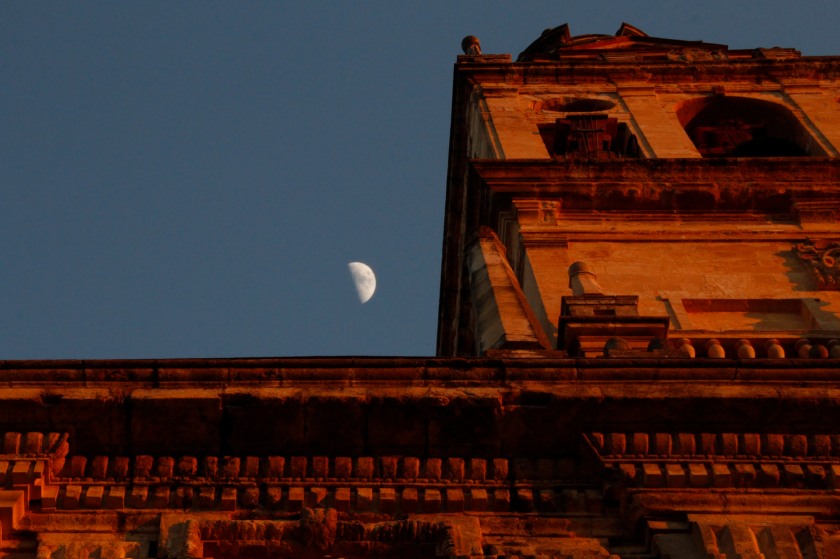Video- Filmed & Edited by Joshua Potter, including footage from Toby Burgess, Lianne Clark, and Vlad Ignatescu.
As part of our research for Brief 03; ‘Future Cities’, DS10 travelled to the wonderful city of Copenhagen, Denmark. The video above was made to provide a glimpse into the incredible time the unit had whilst visiting the city and all of the amazing Architecture it had to offer during our visit. Below is a schedule and some pictures that provide further details of our trip which took place from the 29th January until the 2nd February 2015. We would like to thank all involved for their generosity and time.
- Thursday 29th: Arrived in Copenhagen, and travelled via Metro from the airport to our accommodation at Copenhagen Downtown Hostel. Dinner at Foderbrættet Kbh in their exclusive ‘Wine Vault’, sampled the selection of gourmet hot dogs and speciality Danish cuisine on offer. Drinks at the quaint Kanal Bodega. Jazz party at Copenhagen Opera House in Christiania.
- Saturday 31st: Visit to the National Aquarium Denmark, Den Blå Planet by 3xn Architects. Followed by a playful visit to the Superkilen park by Bjarke Ingels Group. Dinner at Mother restaurant for stone baked pizza. Snooker tournament at the hostel, and games evening.
- Friday 30th: Visit of CITA: Center for Information Technology and Architecture. Presentations made by both CITA and DS10 students of their current projects. Visit to 3xn Architects offices – Guided tour by Fred Holt of the practice, modelling workshop, and also the materials library of Gxn. Visitied Freetown Christiania and sampled the markets before walking back to the hostel. Party at Jolene Bar in the Meat Packing District.
- Sunday 1st: Visited a selection of Bjarke Ingels Group‘s design work, including ‘The Mountain’, ‘VM Houses‘,and ‘8Tallet‘. Metro and train to the north of the city and relaxing visit to the Well-come SPA – including ‘saunagus’ treatment. Having enjoyed one of DS10’s unit trip traditions, we then proceeded back to hostel to celebrate another tradition – the birthday of one of our students. Jazz party at Copenhagen Opera House in Christiania.
- Monday 2nd: Snow day in the city. Several snow fights occurred as students strolled through the city, enjoying the sights of ‘Tivoli’, ‘Christiansborg Palace’, ‘Børsen’, the ‘Danish Jewish Museum’ by Daniel Libeskind, ‘Det Kongelige Bibliotek (The Royal Library)’ which includes ‘The Black Diamond’ by Danish architects Schmidt Hammer Lassen, ‘Dome of Visions’ by Kristoffer Tejlgaard, ‘Frederik’s Church’ – which boasts the largest dome in Scandinavia, and also ‘The Little Mermaid’ by Edvard Eriksen.























































































































































































































































































































































































































































